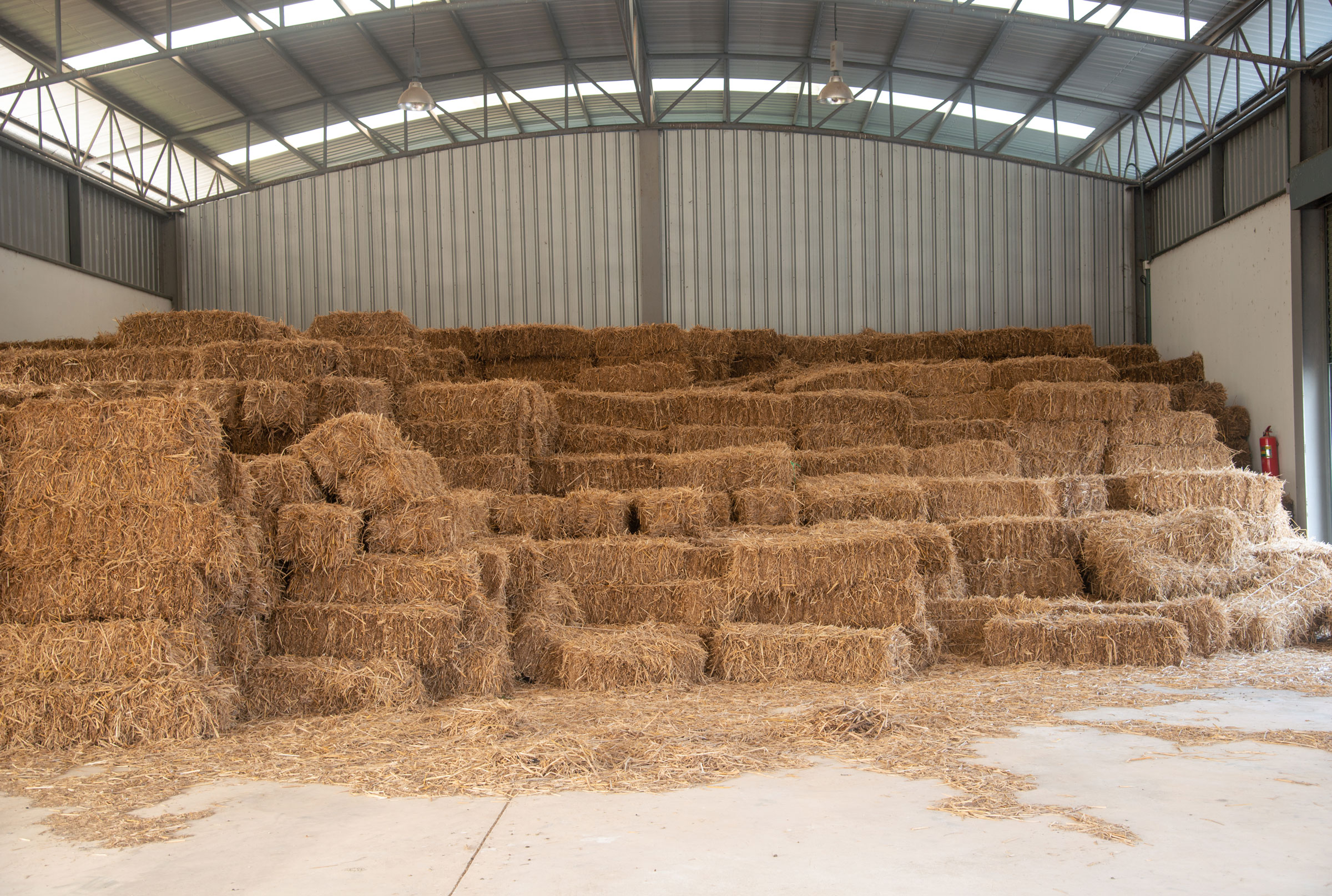
iStock/Werawan
Hay and shavings are necessities. Stalls need bedding and horses need forage in their diet. These are two of the most costly items barn managers have to buy and store.
Links in articles are part of an Amazon Affiliate program that provides income to support this brand. Links are chosen by our editors.
An area that protects the quality and is easily accessible is crucial for making the most of the investment. If you’re planning to update your hay or shavings storage by renovating a current facility or building a new structure, Norman, Oklahoma, equine architect Lachlan Oldaker offers advice.
First, consider the location. When she designs a facility, she strives to locate the storage building at least 100 feet from the horse barn for fire safety reasons. In her opinion, that distance is still close enough to be convenient. Typically, she allocates some space in the barn or within a feed room for a small amount of hay storage that would hold a week’s worth of hay at most.
Equine business owners can create an Amazon Business Account.
“Having been witness to a barn fire when I was younger—a fire that started from wet hay being stored above the stalls—I make it a practice never to design bulk hay storage in the same structure with horses, such as a hay loft,” she said.
The hay storage structure should provide weather protection from rain and snow but be well-ventilated in and around the stacks. If you’re building a new storage area, a well-drained sub-surface and a concrete pad are the best option.
Earthen floors are tough because the ground moisture can come up into the hay. Stacking hay on an impervious surface such as concrete is ideal for limiting ground moisture. Stacking hay on pallets or concrete blocks is another option.
Renovations
If your budget doesn’t allow for a new storage area and/or you are using a hay loft or in-barn storage, tidying up the existing space can be equally effective.
Sweep loose hay out of lofts and remove non-edible hay from ground level storage areas. Repair any holes in the roof or sides of the building.
In any scenario, avoid storing wet hay, which can develop mold and/or start fires.
When stacking hay, arrange it so that the pile is sturdy, but so that it also allows for air to circulate.
Sign up now for Amazon Prime 30-day Free Trials, a membership program that offers special benefits including: Instantly watch thousands of movies and TV episodes; Borrow Kindle books; Get unlimited FREE two-day shipping (no minimum order size). Learn more.



